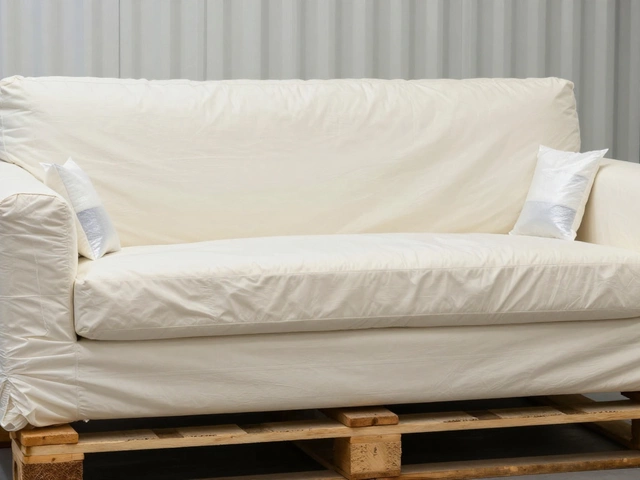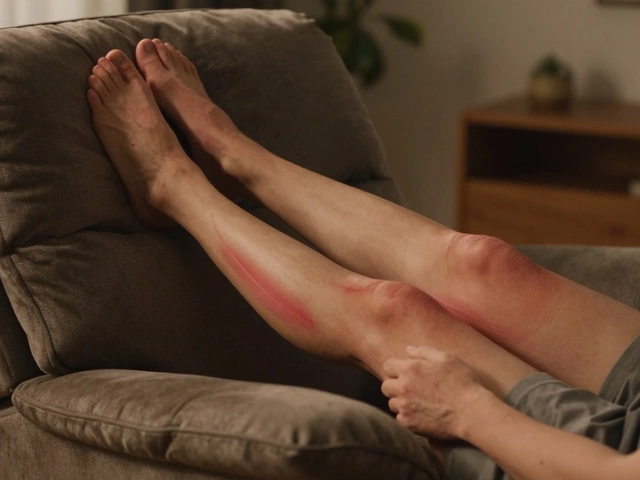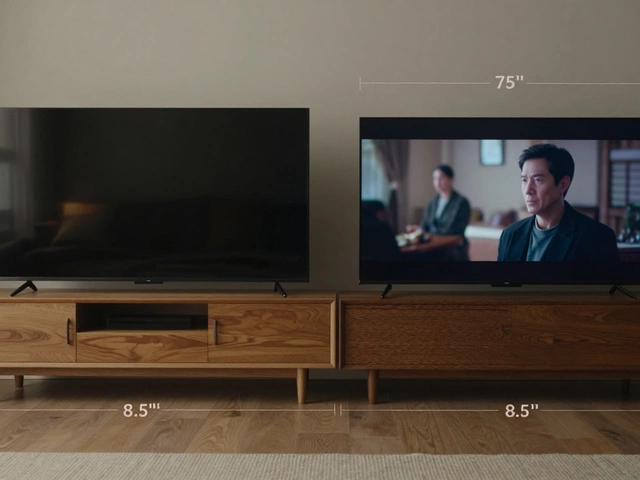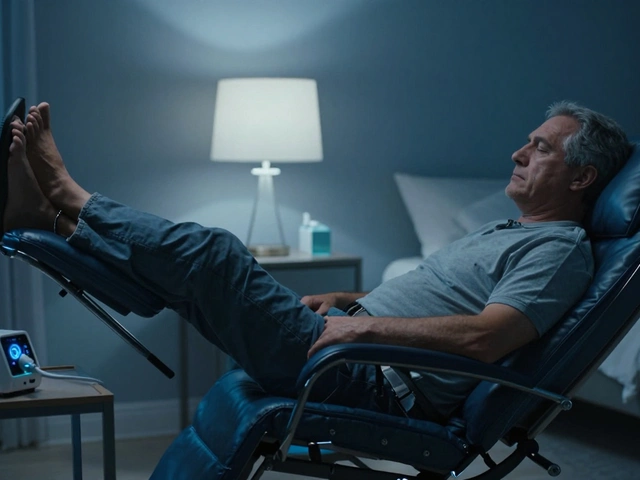Chair Safety: Simple Steps to Prevent Accidents and Stay Comfortable
Ever slipped off a wobbly chair or felt a sudden snap when you leaned back? It happens more often than you think, but fixing it is easy. Below are straight‑forward tips you can use right now to make every chair in your house or office safe to use.
Check Stability Before You Sit
Give the chair a quick shake. If the legs rattle or the base feels loose, tighten any bolts or screws. Most office chairs have hidden fasteners under the seat – pull the cushion off and tighten them with an allen key. For wooden or metal chairs, a simple wrench works. A stable base prevents the chair from tipping when you shift weight.
Keep Seats Ergonomic and Supportive
Adjust the height so your feet rest flat on the floor and your knees form a 90‑degree angle. When the chair has a lumbar curve, line it up with the small of your back. If the backrest is too flat, add a small pillow for support. Proper ergonomics reduces strain and lessens the chance of a sudden slip caused by awkward posture.
Regularly inspect the surface for wear. Scratches or faded finish can become slippery, especially on smooth plastic chairs. A light coat of non‑slip spray or a rubber pad under the seat restores grip without changing the look.
Weight limits matter. Most chairs list a maximum capacity – don’t ignore it. Overloading a chair can bend legs or crack the frame, turning a simple sit‑down into a dangerous fall. If you share a chair with kids, choose models labeled “kid‑friendly” or add a sturdy cushion that spreads the load.
Floor type influences stability. Hard floors like tile or wood provide a firm base, but a thin rug can cause the chair to slide. Use a low‑pile rug or a small rubber mat under office chairs. For carpeted rooms, a larger rug works better, but make sure the chair’s wheels can roll without catching on fibers.
Outdoor chairs need extra care. Sun‑bleached plastic can become brittle, and metal frames can rust. Check for cracks before each use, and store chairs in a covered area when not needed. Adding a simple protective sealant extends lifespan and keeps the chair from breaking unexpectedly.
If you have pets, keep an eye on claw damage. Cats love to scratch wooden legs, which can weaken them over time. Trim nails regularly and consider a pet‑friendly cover for chairs that get a lot of feline attention.
Finally, keep the chair clean. Dust or spilled liquids make surfaces slick. Wipe down with a mild cleaner and dry thoroughly. For fabric seats, use a vacuum and spot‑clean stains promptly – wet patches can soften padding and cause the chair to sag.
By taking a few minutes each week to tighten bolts, check weight limits, and keep the surface clean, you’ll enjoy a safer, more comfortable sitting experience. No fancy tools or big expenses – just a habit of quick checks that keeps accidents at bay.
Are Ikea Office Chairs Safe? Real Talk on Comfort and Reliability
Wondering if Ikea office chairs are actually safe for daily work? This article breaks down what safety means when it comes to office chairs, digs into Ikea's safety records, customer feedback, and product testing, and looks at some real-world tips for safer, comfier seating. If you're thinking of buying, you'll get clear pointers about what to look out for and which features actually matter. Let’s settle whether an Ikea chair is really a good bet for your workspace.







